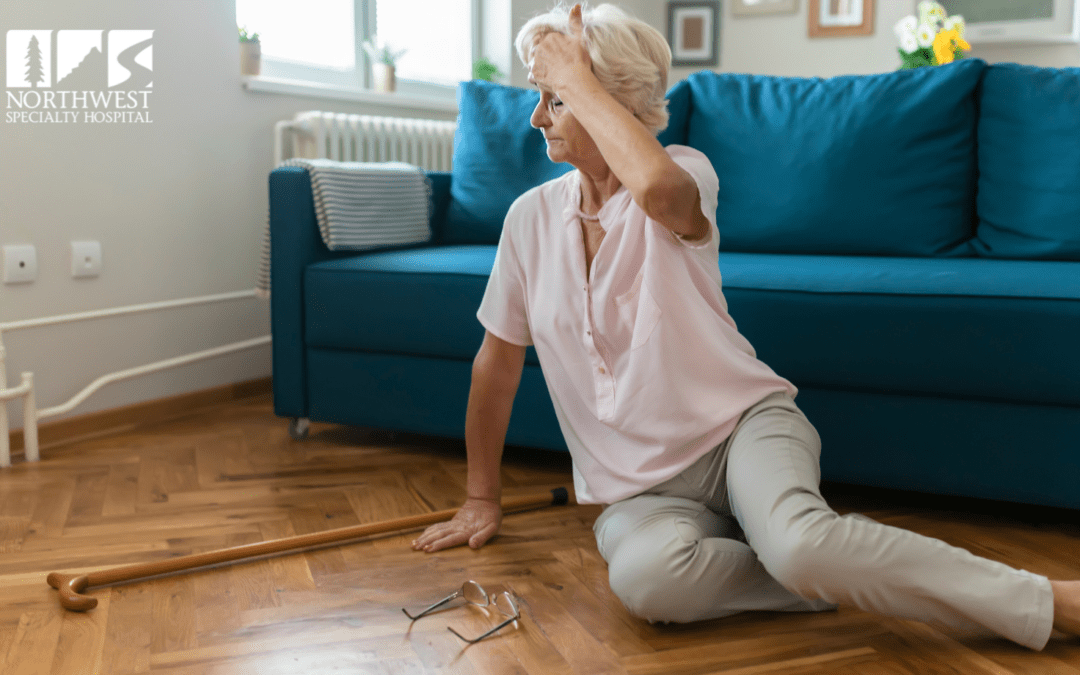The Northwest Bone Health Clinic within the Northwest Specialty Hospital family of clinics focuses on diagnosing and treating low bone density conditions such as osteopenia and osteoporosis. One of the most prevalent of diseases is osteoporosis, and helping people with this condition makes up a significant portion of our practice.
This month is Osteoporosis Awareness Month, and the staff at the Northwest Bone Clinic strongly encourages everyone to learn about this disease. Understanding the factors contributing to osteoporosis is essential for prevention. Peak bone mass, attained typically by age 30, influences bone health in later years, so investing in bone health during youth can significantly reduce the risk of developing osteoporosis.
Understanding Osteoporosis
Your bones are living tissue constantly undergoing a process of breakdown and renewal. Osteoporosis develops when the creation of new bone doesn’t keep pace with the loss of old bone. The term osteoporosis refers to the condition of bones (osteo) becoming porous, decreasing bone density and strength and making them fragile and more prone to fractures. The bones can become so brittle that even relatively mild stresses such as bending down or even sneezing can cause them to break. Common areas for osteoporosis-related fractures include the hip, wrist, and spine.
The early stages of osteoporosis often go unnoticed as there are typically no symptoms. However, as the condition progresses, signs such as back pain due to spinal fractures, loss of height over time, and a stooped posture may become apparent. If you have a history of early menopause, prolonged use of corticosteroids, or a family history of hip fractures, it’s advisable to consult a healthcare provider for an assessment long before any noticeable symptoms appear. If you are concerned, consult our bone health specialist.
Risk Factors and Preventive Measures
Age, race, genetics, and lifestyle choices all play a role in determining one’s susceptibility to osteoporosis. While it affects both men and women of all races, postmenopausal white and Asian women are at a higher risk. While certain risk factors like sex, age, race, and family history are beyond individual control, lifestyle factors can be modified to mitigate the risk. However, preventive measures and treatments are available. Taking sufficient amounts of calcium and vitamin D and engaging regularly in weight-bearing exercises are crucial for maintaining bone health, and some medications can address bone density problems.
Calcium is essential for bone strength, so consuming calcium through your diet is necessary. Good sources of calcium are dairy products or, if you cannot consume dairy, calcium-fortified foods such as certain dairy-free milks, cereals, and orange juice. These foods should be taken with Vitamin D, which aids in helping your body absorb calcium. Vitamin D can be obtained from sunlight and through dietary sources like fatty fish; it is often added to calcium-rich and calcium-fortified foods. Supplements may be necessary for individuals with inadequate Vitamin D intake.
Exercise, particularly weight-bearing and strength training activities, can significantly improve bone density and strength. Other physical activities like walking, jogging, and resistance training stimulate bone formation and reduce your risk of fractures. Additionally, balance exercises improve stability and reduce the likelihood of falls, especially in older adults.
Awareness of osteoporosis and its preventive measures is crucial. By understanding its causes and taking proactive steps to maintain bone health, individuals can reduce their risk of fractures and maintain mobility and independence as they age. Osteoporosis Awareness Month is an ideal time to request that your doctor give you a bone density test, particularly if you have increased risk factors. Consult your family healthcare professional at NWSH for a checkup and obtain personalized advice for changing your lifestyle and diet to improve your bone health and overall well-being.

